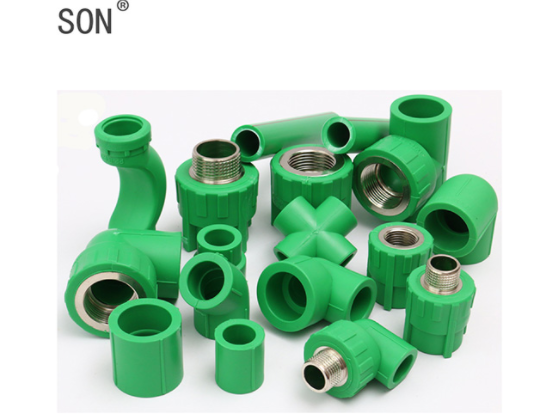Given that its advancement in the early 1990s, using PPR pipes has actually come to be commonplace due to its sturdiness, expense performance and lengthy life. You might be asking yourself why some firms choose PPR installations. We'll cover the standard features, benefits, and most common applications of PPR pipe fittings.
The PPR pipe is a right, stiff cylindrical pipe made from polypropylene random copolymer plastic, created through a continual extrusion procedure. They are commonly used in green or white and also array in outside size dimensions from 20 mm to 110 mm, making the pipeline wall surface much thicker than PVC. ppr pipe includes a variety of link fittings, parts as well as accessories for a range of pipeline sizes.

The internal surface area of PPR pipe is really smooth and has an extremely reduced coefficient of rubbing compared to traditional types of pipeline. This lowers pressure loss throughout fluid transfer and circulation, more enhancing the energy efficiency of PPR pipe systems. In addition, unlike steel pipelines, PPR does not flake or range, making it more secure to use.
PPR has a really low thermal conductivity, which suggests that temperature level is not quickly transferred from the outside atmosphere to the fluid in the pipeline and also the other way around. This element decreases the loss or gain of warmth during the transfer of warm or chilly fluids, respectively, leading to energy-efficient systems and lower insulation costs for PPR piping.
PPR has a very high resistance to difficult bit abrasion contrasted to traditional plastic piping systems. This is particularly vital in the case of well water or industrial applications where the fluid being transferred may include unpleasant particles.
On top of that, unlike traditional metal piping, PPR is inert to the majority of electrolytes and chemicals over a large temperature level range. ppr piping is risk-free to make use of in scenarios with high water salinity and even extremely corrosive chemicals.
PPR piping systems can continue to be functional for greater than half a century in a variety of fluids and also ambient operating temperatures. ppr tubing exhibits exceptional resilience in both cold and hot water supply. It can stand up to the temperature and pressure stress of warm water systems. ppr pipe can structurally hold up against shock even in winter installments without any risk of tear or fracture.
One of the most usual PPR piping applications include:
Hot and cold drinkable water piping in property, industrial and public centers. Industrial piping used to transport water, hygienic liquids, liquid food, compressed air and also corrosive chemicals, as an example. Solid acidic or alkaline solutions. Structure main heating radiator heating water, generally in a loop circuit piping arrangement.
BONA is an expert manufacturer of ppr fittings and also carbon steel installations, we can provide several types of installations including: Arm joint, Tee, Socket, Cap, Minimizing arm joint, lowering Tee, minimizing outlet, union, plug and so on. if you need to get, please contact us today If you need to purchase, call us today and contact us.